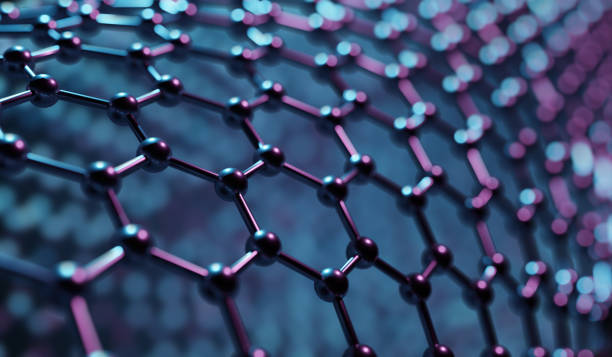
Purpose
GO YEN CHEMICAL INDUSTRIAL CO., LTD. (GYC GROUP) is a leading manufacturer of specialty chemicals in Asia. We devote ourselves to supplying products and solutions to our customers worldwide to satisfy and expand the market needs.
PVC is a material that can be made into cable/wire pipes. Over a period of time, the influence of climate, temperature, and humidity will cause wires to deteriorate, affecting the operational stability of the voltage and current. For the same reason, if the electronic material is packed with PVC packaging, the metal wire of the electronic product will be easily exposed to the moisture and oxygen that penetrate through the packaging, causing rust and corrosion.
Given that, the graphene material developed by GYC GROUP increases the shelf life and quality of the product inside the packaging by effectively preventing the product from deterioration and corrosion caused by gas and moisture. In brief, it is a material that wards off gas and moisture from permeating through.
Test Result
Standard: GB/T26253-210
Temperature: 23℃
Humidity: 90%
Unit: WVT[g/(㎡·24h)]
The test result below is given by a well-known PVC wire & cable company by adding the graphene material into PVC.
|
Adding Rate (GYC Graphene Material) |
Moisture Vapor Transmission Rate |
Gas Transmission Rate |
|
Blank |
1.1892 |
10.14 |
|
0.3% |
0.9731 |
10.18 |
|
0.6% |
0.9405 |
9.76 |
Conclusion
There is currently no certain standard for gas barrier property testing in the industry. As a result, the gas barrier performance is usually evaluated according to the moisture vapor transmission rate and gas transmission rate.
The test result shows that the PVC with 0.3% and 0.6% adding rate of the graphene material had a lower moisture vapor transmission rate and gas transmission rate compared with the blank one, which is to say the PVC with graphene material had an improved gas barrier performance. The test indicates that the graphene material can apparently improve the gas barrier performance of a product by decreasing the moisture vapor transmission rate and gas transmission rate to provide products with a longer shelf life and added value.